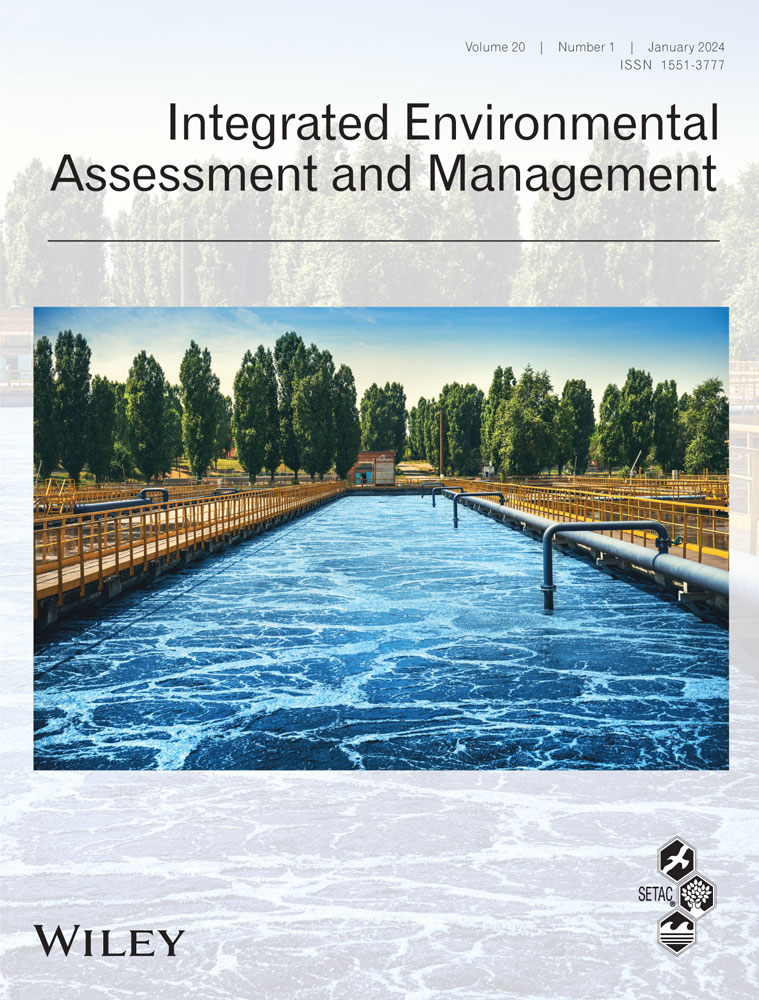Ver ítem
- xmlui.general.dspace_homeCentros Regionales y EEAsCentro Regional Tucumán - Santiago del EsteroEEA FamailláArtículos científicosxmlui.ArtifactBrowser.ItemViewer.trail
- Inicio
- Centros Regionales y EEAs
- Centro Regional Tucumán - Santiago del Estero
- EEA Famaillá
- Artículos científicos
- Ver ítem
Long-term vinasse application enhanced the initial dissipation of atrazine and ametryn in a sugarcane field in Tucumán, Argentina
Resumen
The production of sugarcane bioethanol generates large volumes of vinasse, an effluent whose final disposal can produce an environmental impact that is of concern. The long-term disposal of vinasse in sugarcane fields could challenge crop management, such as the performance of traditional herbicides, by changing soil properties. This study aimed to evaluate the effect of long-term vinasse application on the field and the dissipation of atrazine and
[ver mas...]
The production of sugarcane bioethanol generates large volumes of vinasse, an effluent whose final disposal can produce an environmental impact that is of concern. The long-term disposal of vinasse in sugarcane fields could challenge crop management, such as the performance of traditional herbicides, by changing soil properties. This study aimed to evaluate the effect of long-term vinasse application on the field and the dissipation of atrazine and ametryn herbicides in a subtropical sugarcane agroecosystem, and to discuss the potential processes involved in it. Vinasse affected soil properties by increasing pH (12%), electrical conductivity (160%), and soil organic carbon (25%) at 0–10 cm depth of soil. Differences in the herbicide calculated sorption coefficient (Kd) varied according to the pedotransfer function applied and the herbicide type (atrazine or ametryn). During the first seven days after herbicide application, the soil underwent long-term vinasse application and increased atrazine and ametryn dissipation 45% and 33%, respectively, compared with the conventional fertilization scheme (control). The Pesticide Root Zone Model revealed that dissipation was mediated mainly by the degradation process rather than transport or other processes. The long-term application of vinasse in a typical sugarcane field of Tucumán, Argentina decreased the potential groundwater pollution of triazines and, adversely, reduced their bioavailability for weed control. For this, the present study presents original information about how long-term treatment with vinasse may require an adaptation of conventional management practices such as the application of herbicides in Argentina and other sugarcane-producing regions.
[Cerrar]

Fuente
Integrated Environmental Assessment and Management : 1-12 (First published: 04 December 2023)
Fecha
2023-12
Editorial
Wiley
ISSN
1551-3777
1551-3793
1551-3793
Formato
pdf
Tipo de documento
artículo
Palabras Claves
Derechos de acceso
Restringido
 Excepto donde se diga explicitamente, este item se publica bajo la siguiente descripción: Creative Commons Attribution-NonCommercial-ShareAlike 2.5 Unported (CC BY-NC-SA 2.5)
Excepto donde se diga explicitamente, este item se publica bajo la siguiente descripción: Creative Commons Attribution-NonCommercial-ShareAlike 2.5 Unported (CC BY-NC-SA 2.5)


